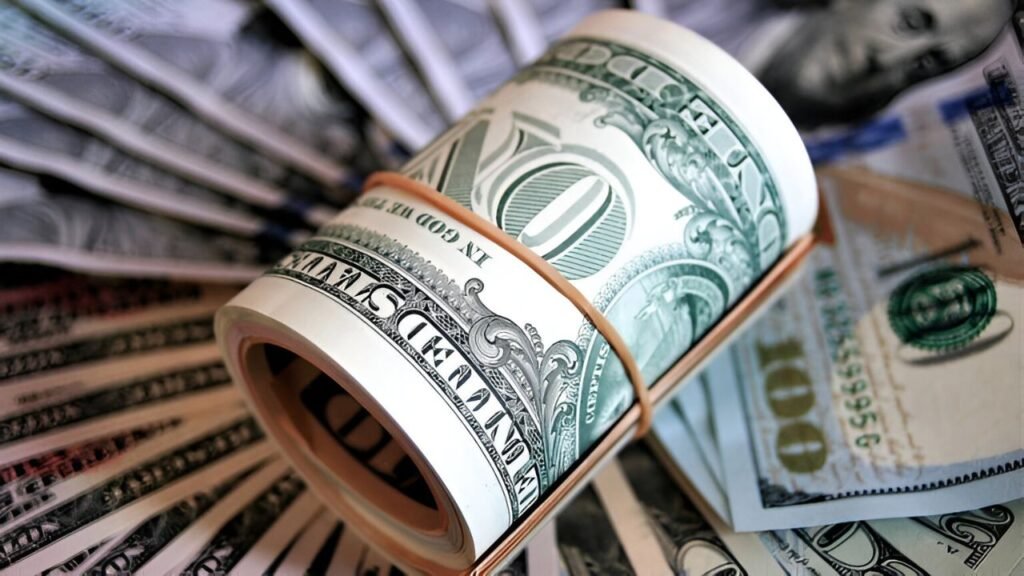The Permanent Fund Dividend (PFD) program is one of the most essential economic programs of the State of Alaska that is founded on the earnings of the natural resources of the state. This program is a state initiative that gives the residents of the state a portion of revenues on natural resources that may be utilized without any limitations. Basically, it is a form of a stimulus check that is directly transferred to people pockets and has a positive effect on the local economy.
The PFD per capita is pegged at 1,000 dollars in 2025 to all qualified beneficiaries. Although this is not a lot as compared to the past years, it is a financial gain which will go a long way in supporting the Alaska economy. The decision has caused a lot of controversy and people have argued that it should be distributed more, although others have argued that long-term financial sustainability of the fund is paramount.
Origin and Purpose of Alaska’s PFD Stimulus Checks
PFD program was set up back in 1982. It was aimed at sharing the profits of the natural resources of the state, oil and other investments in particular. The foundation of this plan is the Alaska Permanent Fund, a sovereign wealth fund that was created in the year 1976.
The very concept behind this program is that the natural resources are not the property of the state government but of the whole community. As such, the annual profits of the fund are used to allocate a part of them to every permanent resident. This can also be referred to as the Citizen Dividend, and it is also different every year depending on the financial condition and budgetary choices of the state.
The Alaska Department of Revenue (DOR) calculates the amount each year depending on the average profits of the fund in the last five years. This is reduced to inflation and other reserves. This system has been an icon of economic stability and security to the people of Alaska over the last forty-year period.
Change in PFD Check Amount

On September 22, 2025, the Department of Revenue officially announced that the PFD amount for each beneficiary in 2025 has been set at $1,000. This is a decrease compared to previous years. For example, the amount was $1,312 in 2023 and $1,702 in 2024, which included an additional energy relief component due to rising fuel prices.
There are several reasons behind this decrease. These include a decline in oil revenue, the fund’s weak investment performance in the previous fiscal year, and the state government’s decision to reserve more revenue for the general budget. All of these factors make the 2025 amount relatively modest compared to previous years.
Payment Dates and Schedule
The Department of revenue also confirmed the payment schedule 2025. Those who submit the applications via the electronic method and selected direct deposit and were under the category of Eligible Not Paid by September 18, 2025, they will get their payments on October 2, 2025.
Participants who completed a paper application, sent the physical check, obtained the status of Eligible Not Paid until October 13, will get their dividend pay on October 23, 2025. The latter two-pronged strategy guarantees a focus on digital applicants and provides a more efficient process.
Paperwork Required to Claim the Check
In case your application is accepted in good time, the money is sent straight out of the PFD Division and no more paper work is needed. Nevertheless, one should periodically verify the status of the application on the official site on pfd.alaska.gov in order to prevent mistakes and delays in banking data.
Taxes and Other Financial Considerations
There is no state income tax in Alaska, but the PFD is taxable income according to the federal tax regulations. The Internal Revenue Service (IRS) considers this payment to be taxable income and it has to be added to the annual tax filing.
This is also applicable to children or dependents. In case the dividend is divided among a child, it is subject to inclusion in the parent tax return. In 2024, the IRS made it clear that the two dividend and energy relief items should be reported as ordinary income and that there will be no discrimination made between the two. This is applicable through to 2025 and therefore beneficiaries will have to factor in the 1000 on their Form 1040 or other tax filings.
Conclusion
The PFD program in Alaska is not only designed to deliver an equal distribution of the natural resources in the state, but it is also seen as an economic support to the locals. This sum of money of 1,000 in 2025 is not big, yet it shows that the financial sustainability of the entire fund in the long term is the priority.
The digital app and direct payment option makes the process quick and clear and the fact that the federal tax laws are complied with enables everyone who receives the aid to manage their financial well-being in a responsible manner. Generally, the PFD program gives Alaska residents financial security and a community resource. It is a priceless asset when it comes to guaranteeing the benefits of funds.
FAQs
1. What is the PFD?
The Permanent Fund Dividend (PFD) is a payment to Alaska residents funded by the state’s natural resource revenues, mainly from oil.
2. How much is the 2025 PFD?
In 2025, each eligible resident will receive $1,000 as their PFD payment.
3. When will payments be made?
Electronic applications with direct deposit were paid on October 2, 2025. Paper applications or physical checks will be issued on October 23, 2025.
4. Do I need additional paperwork to claim the PFD?
No additional paperwork is required if your application was approved before the deadline, but it’s recommended to check your application status online.
5. Is the PFD taxable?
Yes, the PFD is considered taxable income by the IRS and must be reported on your federal tax return, including amounts assigned to dependents.


